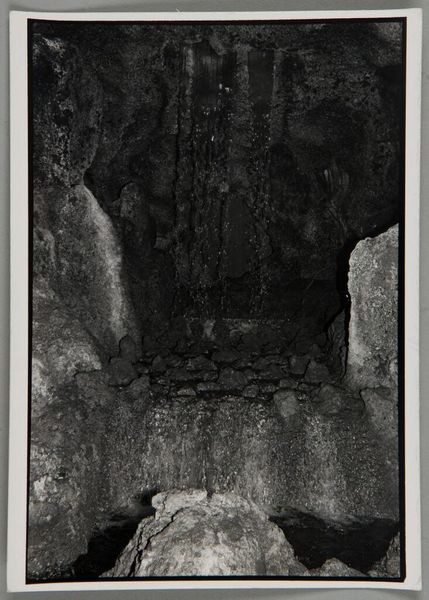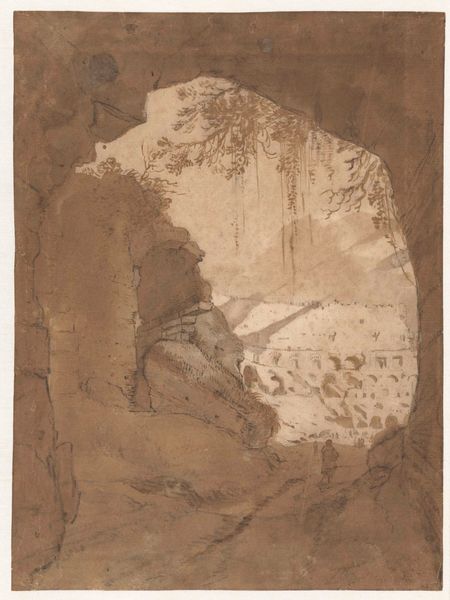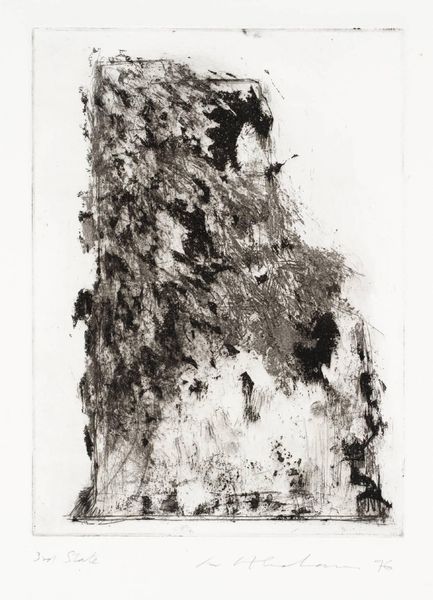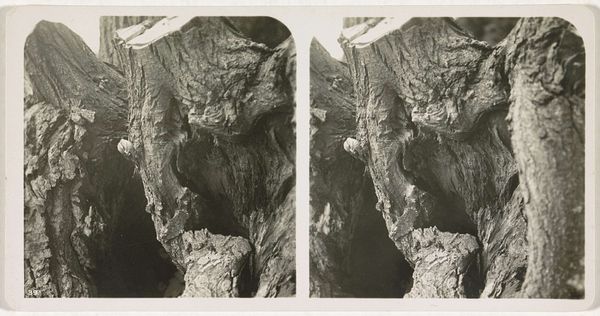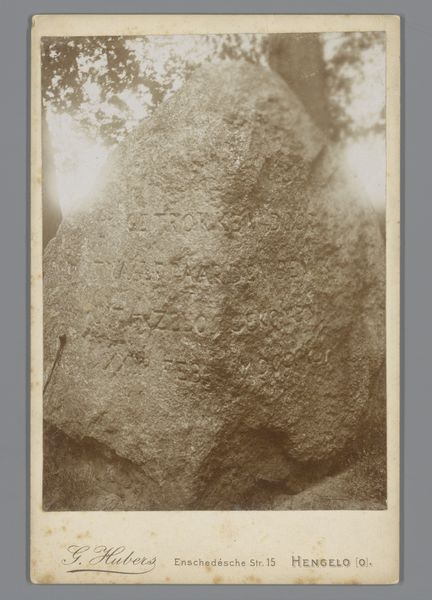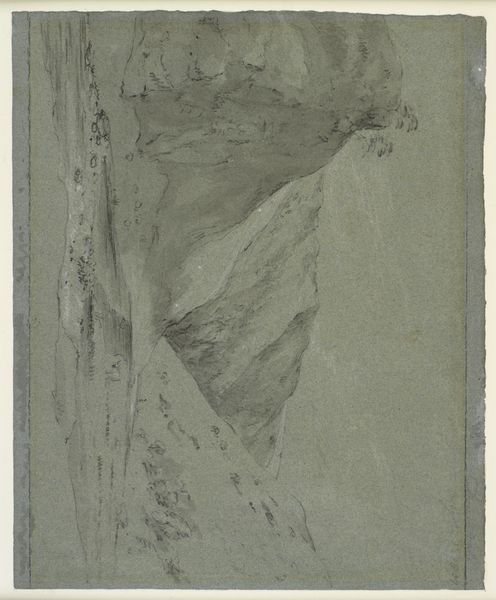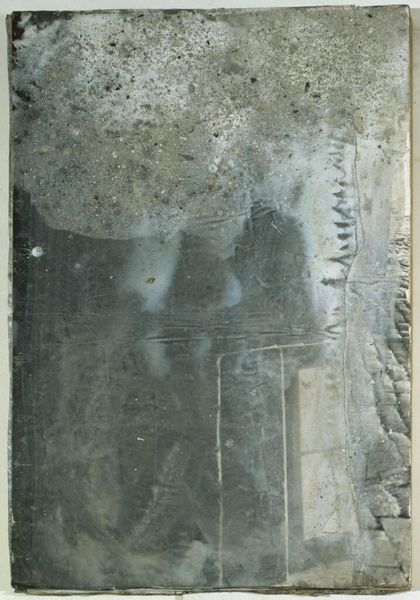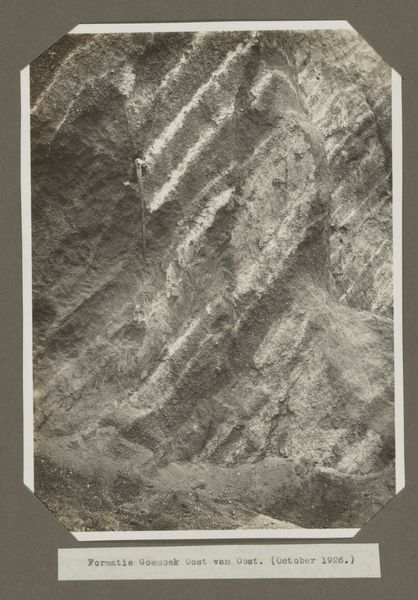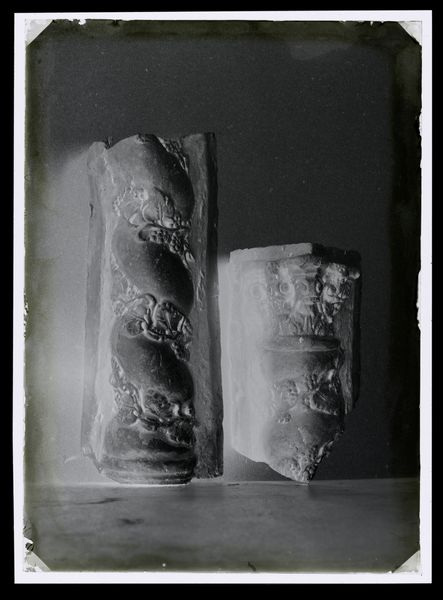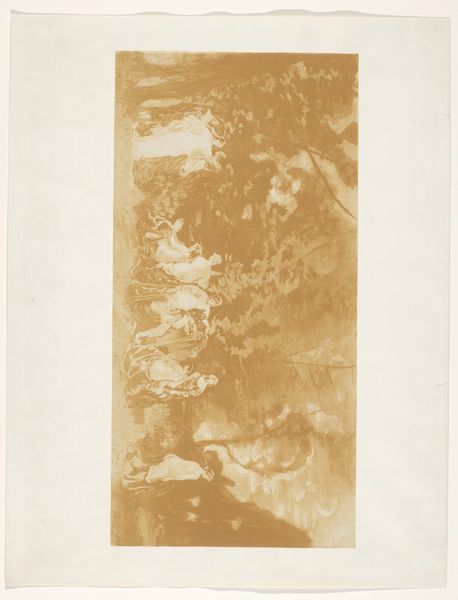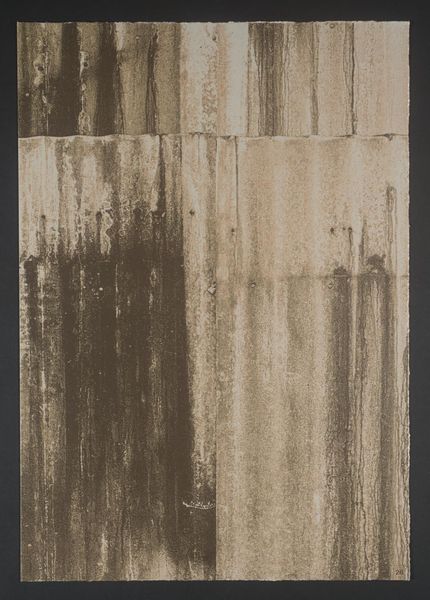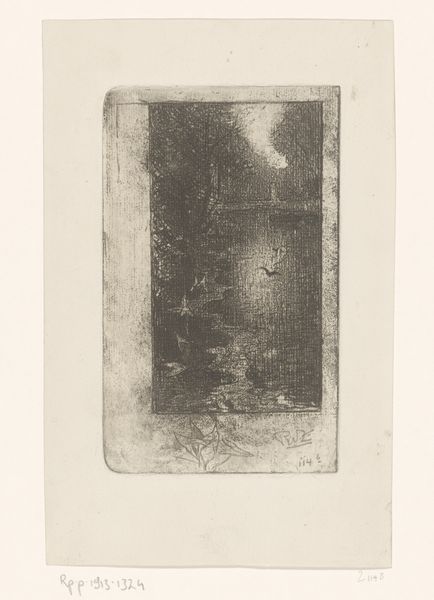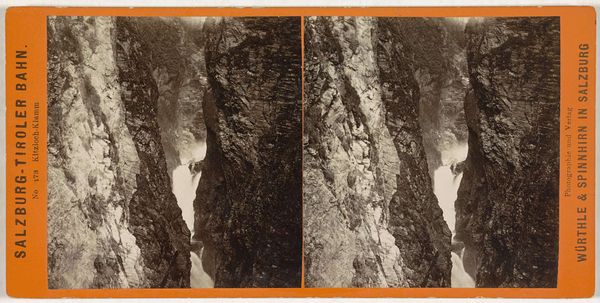
photography
#
pictorialism
#
landscape
#
photography
#
realism
Dimensions: height 215 mm, width 277 mm
Copyright: Rijks Museum: Open Domain
Curator: It’s astonishing to look at this photograph, a relic of late 19th-century landscape imagery, known as “Grotto near Villa Pallavicini in Pegli,” probably captured between 1870 and 1890 by Celestino Degoix. What’s your first impression? Editor: Eerie, yet strangely calming. All these dripping rocks, a petrified waterfall—it’s like staring into the earth's very bowels, still and secretive. Curator: Exactly! Think about the cultural fascination with grottos in the 19th century. They weren't just geological formations. They were seen as primal spaces, gateways to the subconscious, places where transformation could occur. Remember how central they were in Romantic painting and poetry. Editor: A retreat, definitely. You get a real sense of the artificial constructions and staged nature looking at this work, grottos and simulated ruins were important elements in many estate gardens of that time and space. Places for reflection, created by those in positions of wealth. Curator: Absolutely, there’s the intentional drama embedded in landscape design that translates beautifully into photographic form, capturing this tension between what’s “natural” and the crafted, a constructed place of fantasy. Editor: This photography makes it hard to discern if we're looking at something entirely untouched or arranged for maximum effect, I am especially attracted by the way the light falls through to capture this underground space. It really speaks to the era's fascination with spectacle and how landscapes were consumed, especially for social events or important private reflective events. Curator: You raise a very pertinent point about light. Photographers of that time, embracing Pictorialism and also capturing Realist scenes, knew exactly how light could conjure mood, shadow could conceal stories, or guide a wandering imagination and shape perception. Editor: Precisely, Celestino Degoix seems to understand its emotive language well, he also seemed to appreciate its sociological implication too. There’s such profound history embedded in such a still image. Curator: This journey underground and understanding the art really showcases how one singular piece can unearth and reveal the intricacies of the world above. Editor: And make us consider that sometimes we should immerse ourselves within them, like within such an image.
Comments
No comments
Be the first to comment and join the conversation on the ultimate creative platform.
